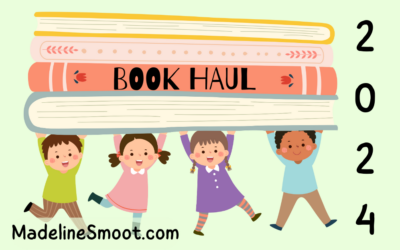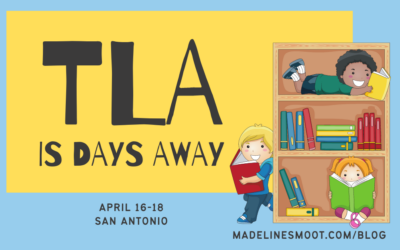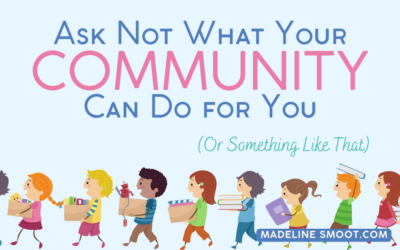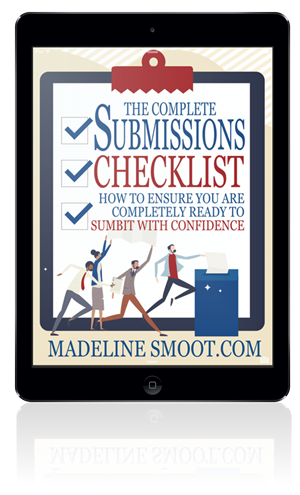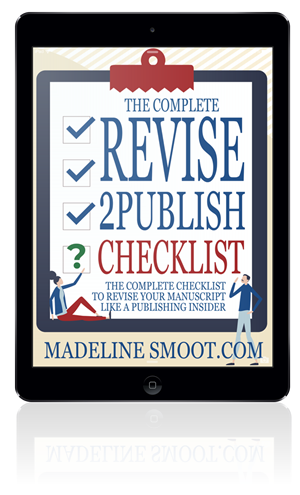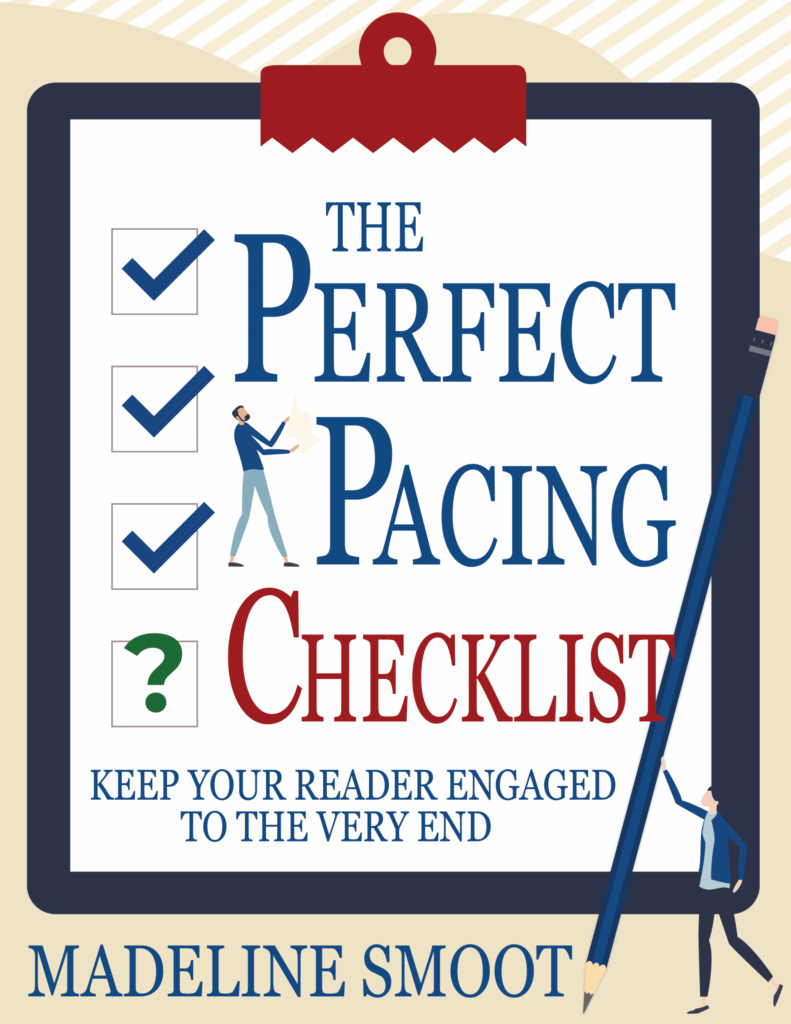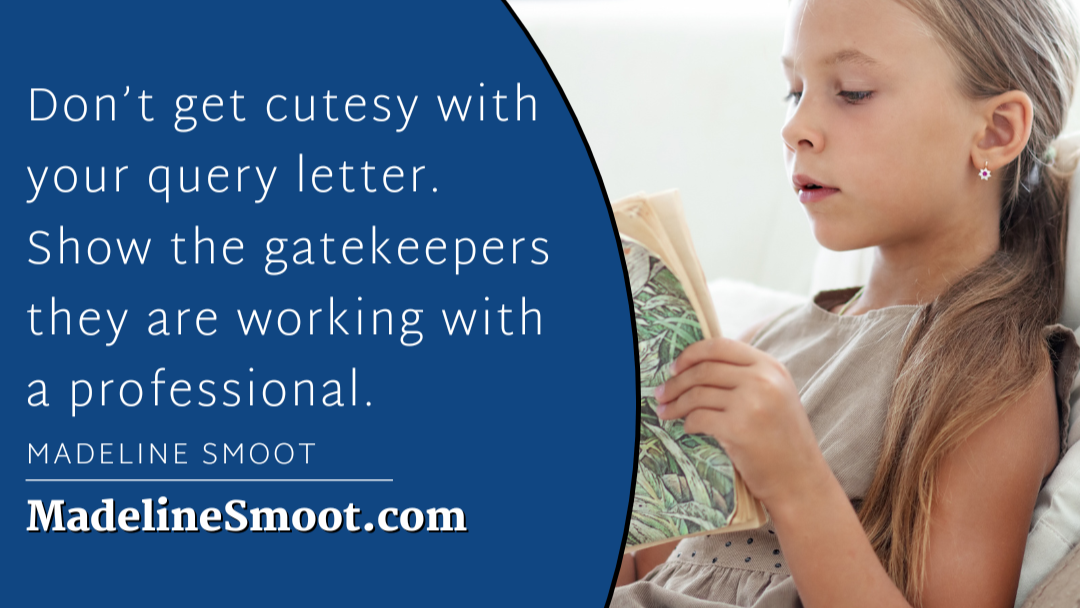Query Letters answer four questions.
Seriously. That’s it.
That’s all they do.
Yes, you’ll see posts (including mine) that will talk about query letters and break them up into paragraphs. But those paragraphs are answering four fundamental questions:
1. Why is this agent/editor the person for this book? (Or why is this book good for this agent/editor?)
This is where you get to showcase your knowledge of the person you are querying, where you can show that you did your research. This is the perfect paragraph to throw in a couple of comps. For example, if your book is perfect for fans of that new YA that just hit the bestseller lists, then tell the person you’re querying that information.
2. What is your book about?
Time to put that summary to use. You want the person you’re querying to get an idea of the story they’ll find in your manuscript.
3. Why is this book important? (Or why should the world/readers/the person you are querying care about this book?)
This speaks to the heart of the story. Why are you choosing to tell this story in this way? Who are the readers that are going to connect with it? Why is this a story that needs to be told now?
4. Who are you to be telling this story?
This is where you relay your RELEVANT bio. If your book is about runaway teens and you’ve been a social worker helping them for the last 78 years, this is where you put that information. If you’ve been published in some way, if you have run a bookstore, those details go here. And sometimes you don’t have something relevant to the story you are telling. That’s okay too. It’s also fine to say that this is your debut novel or that you have successfully self-published but have decided to branch out into traditional publishing. The important part is that the information is relevant.
So, if you find yourself struggling with trying to tell the world about your book, ask yourself those questions. Then answer honestly and watch that first draft of your query letter take shape.
